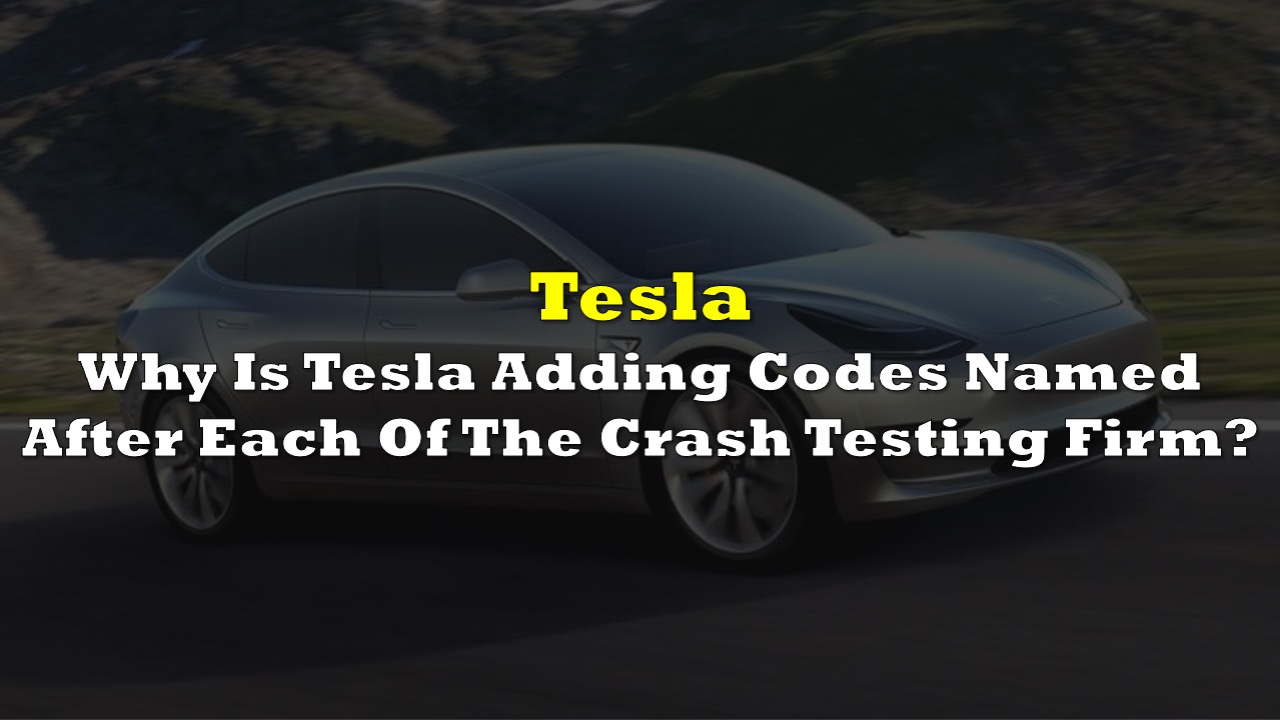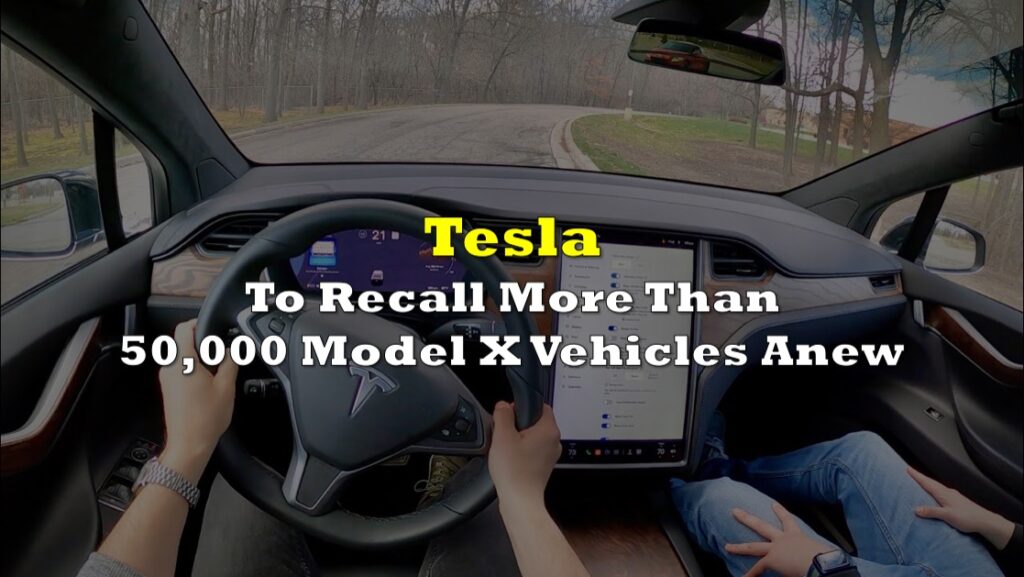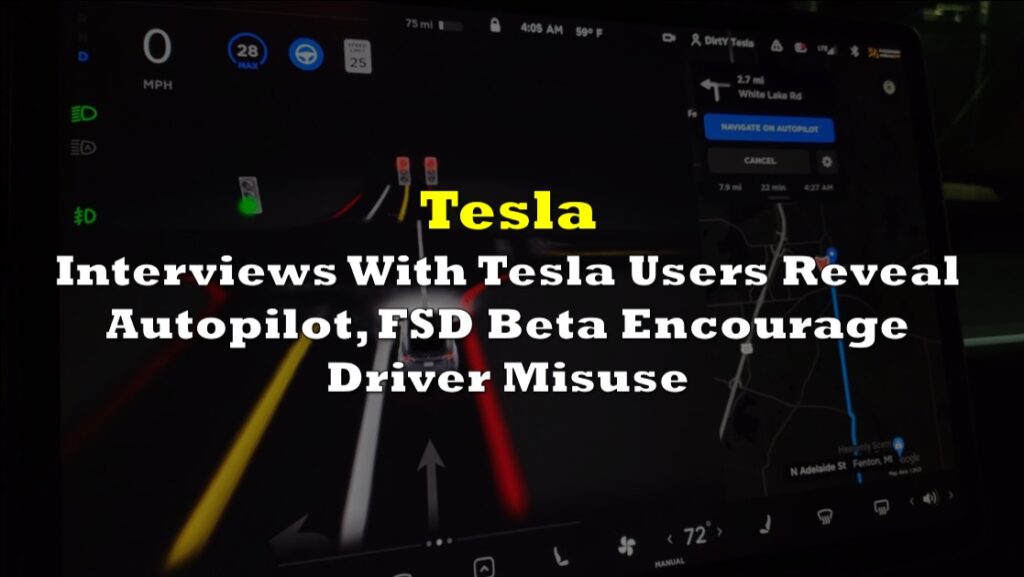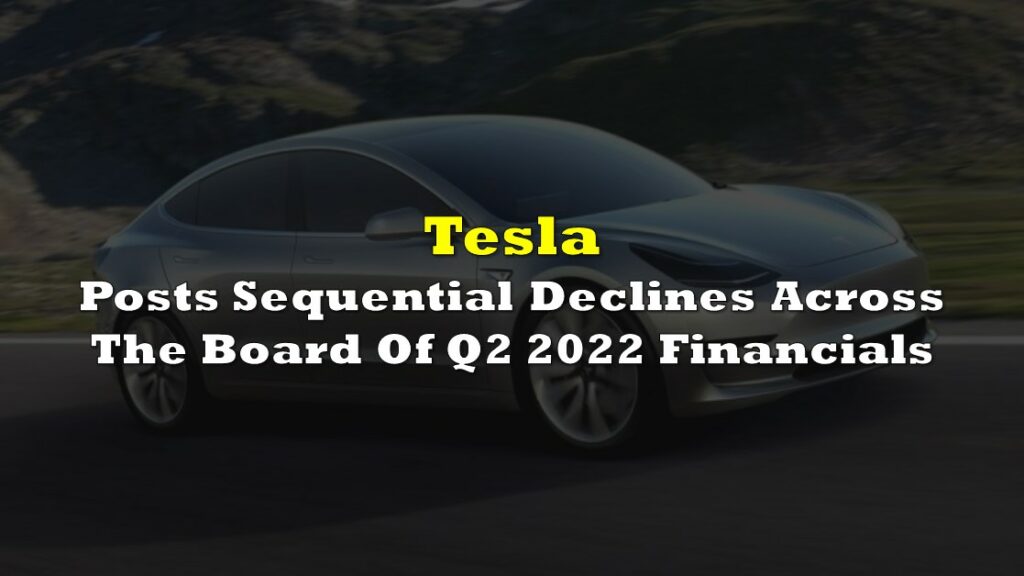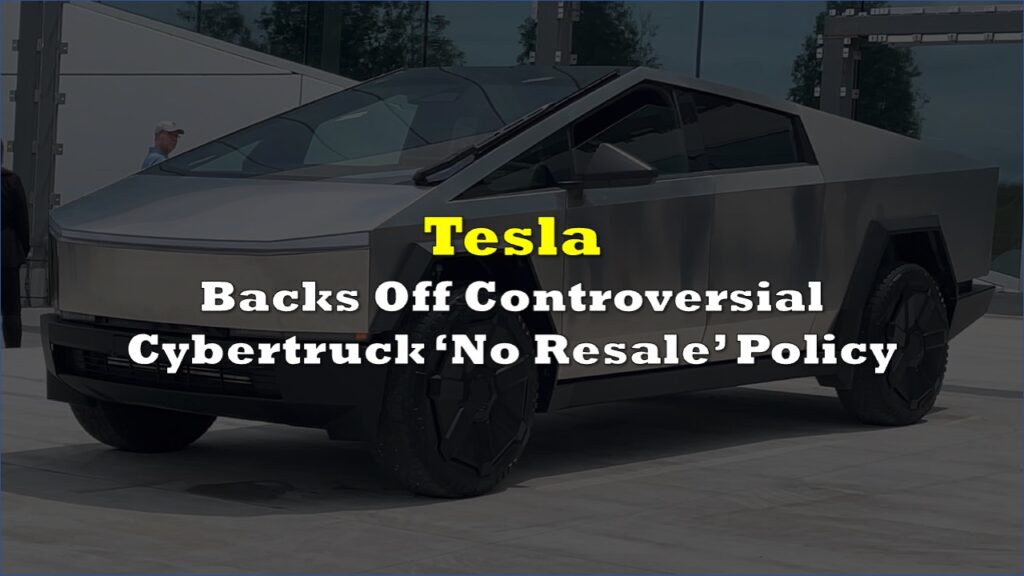Doubts have been cast on the stellar results Tesla (NASDAQ: TSLA) has been getting from car safety programs. A Twitter user familiar with code-based features raised an observation on potential modifications the carmaker is doing for the units it submits for crash testing.
Tesla just added ANCAP support in their code. This is in addition to already existing "I VISTA" (Chinese testing grounds), EuroNCAP and Korea NCAP
— green (@greentheonly) September 10, 2022
One wonders why do it (they also give testing houses one-off builds with the testing house in the name (with tweaked settings?) )
“Tesla just added ANCAP support in their code. This is in addition to already existing “I VISTA” (Chinese testing grounds), EuroNCAP and Korea NCAP,” tweeted @greentheonly. The account is known for releasing upcoming Tesla features based on the code being installed on the car’s software through over-the-air updates.
ANCAP (Australasian New Car Assessment Program) just recently gave Tesla Model Y a five-star rating. This follows just after the car model got the same high rating from Euro NCAP, scoring record highs on “adult occupant protection” and “safety assist.”

But the Twitter user floated the puzzling observation, wondering why Tesla would “give testing houses one-off builds with the testing house in the name,” presumably “with tweaked settings.”
Some Twitter users were quick to provide alternative explanations, including disabling the crash-avoiding function and collecting crash data for future use.
I don't think so.
— green (@greentheonly) September 10, 2022
I believe the same car is first used for non-destructive ADAS testing and then crash-tested at the end (cameras covered and all so it does not resist, I did a tweet about it two years ago: https://t.co/az4Otnd0nm )
if you watch a crashtest footage you might notice the car does not move on its own power. it's in Neutral and is either being dragged with cable on a track or is on a dolly.
— green (@greentheonly) September 10, 2022
Also a bunch of sensors are covered (like cameras and ultrasonics) https://t.co/az4Otnd0nm
they cannot collect much crash data because the sensors are covered in testing.https://t.co/XG9I25nMyy
— green (@greentheonly) September 10, 2022
However, the Twitter user noted that Tesla does “enable/disable other things based on car location (like disable FSDBeta in Vancouver downtown) so the capability is there.”
But so far, no explanation can be made for why the electric car maker seems to tweak its software based on the crash testing program.
Earlier this month, a bill passed by the California state senate aims to challenge Tesla’s language in marketing the vehicle as “full self-driving,” implying in plain English that the car can be completely autonomous, when it can not.
Information for this briefing was found via Car Expert. The author has no securities or affiliations related to this organization. Not a recommendation to buy or sell. Always do additional research and consult a professional before purchasing a security. The author holds no licenses.

